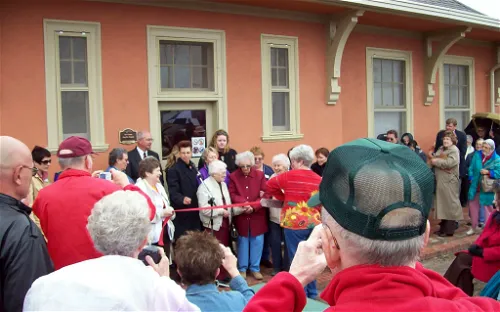National Orphan Train Complex and its collection
The Orphan Train Movement was a significant welfare program in the United States that transported children from major cities like New York and Boston to foster homes across the country. This movement began as a response to the estimated 30,000 homeless children living on the streets of New York City. Two charitable institutions, the Children's Aid Society (established by Charles Loring Brace) and later, the New York Foundling Hospital, developed a program to place these homeless city children in homes across the country. The children were transported to their new homes on trains that were eventually labeled 'orphan trains' or 'baby trains'.
The National Orphan Train Complex
Between 1853 and 1929, over 250,000 children embarked on a new life journey via the 'Orphan Train'. The National Orphan Train Complex in Concordia, Kansas, is a testament to this significant historical event. The complex maintains an archive of stories from those who rode the trains and also features a research center. Visitors can delve into the personal narratives of these children and gain a deeper understanding of this unique chapter in American history.
History & Anthropology Historic house Person & Artist

